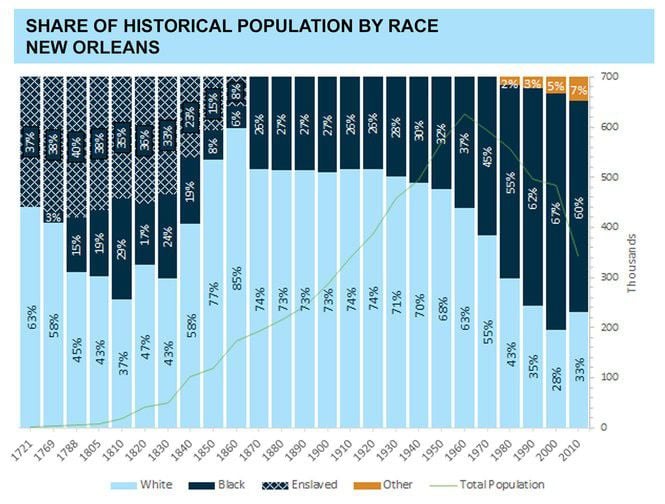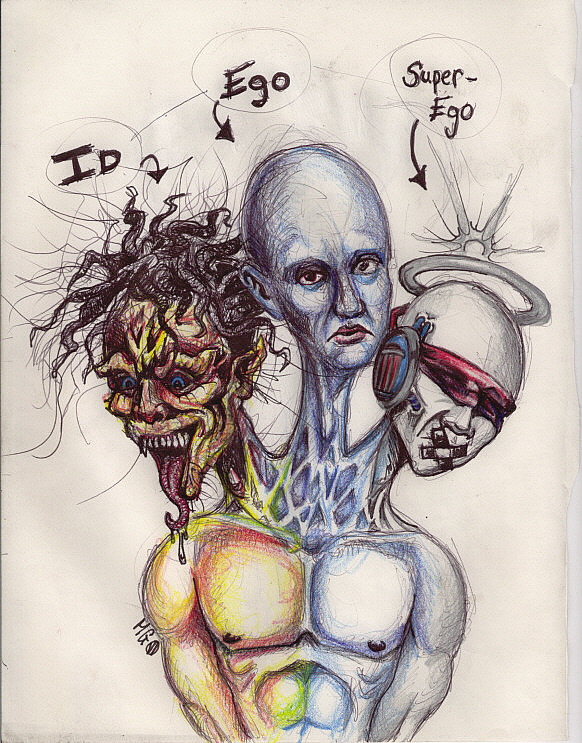In my previous post, I discussed the idea of the Great Gatsby being set in the location of New Orleans, Louisiana. I recently read a Q/A on Sparknotes that answered the question of why Tom was always brining up race in the novel. I had known before that he was racist towards anyone that was not white, which was something that was not uncommon for the time. I began to think about how I wanted the novel to be set in New Orleans and how that maybe would not work, as opposed to how I stated it could work.
Louisiana is a Creole state where a mix of many minorities reside and is a huge melting pot of culture, mainly in places like NOLA. I do not think that Tom would want to live in such a culturally dense and rich city in such a time like the Jazz age, where many African Americans were gaining public fame. In the first chapter, his perception of competition between other races that are seemingly “infringing” on his influence and power. He discusses that, “Civilization’s going to pieces” which is just him outwardly displaying his insecurity of losing wealth to minority groups.

Though there are different people that live everywhere, and especially so now, the wealthiest parts of Long Island were not as diverse and clustered as New Orleans was during the twenties. Tom was someone who liked to reap the benefits of others and take advantage without giving that person a second thought or credit. His treatment of Myrtle and Daisy are perfect examples of this, and Nick states at the end of the novel that the Buchanans are, “careless people.” The vibrant culture of African Americans through hair, clothing, music, and dance would completely engulf someone like Tom to the point where he would not be able to stand living there.

The influx of African Americans returning to New Orleans postwar flourished in the twentieth century, where nearly a quarter of their population was black. In 2021, 60% of the NOLA population was made up of African Americans alone.



